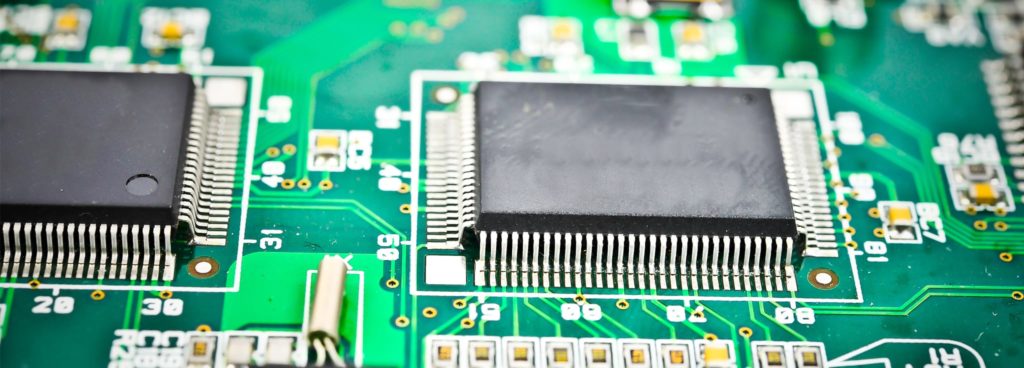- Home
- Services/IndustriesServicesindustries
- About Us
- LocationsStatesAccordion ContentAccordion ContentAccordion ContentAccordion Content
- Job Openings
- Quick Links
- ATS Family

Brominated Flame Retardants
Applied Technical Services performs RoHS Compliance Testing; using GC-MS, ATS can detect and quantify Brominated Flame Retardants in samples to comply with RoHS.
About Flame Retardants
Flame retardants are applied to plastics and fabrics to prevent the products from catching on fire at high temperatures. Different classes of flame retardants will accomplish this goal through various chemical reaction – cooling the substrate, etc. Polybrominated Diphenyl Ethers (PBDEs) and Polybrominated Biphenyls (PBBs) belong to a class of materials called Brominated Flame Retardants, which release certain chemicals that slow down the combustion process.
Brominated Flame Retardants are used most commonly in consumer electronics to protect plastic components; manufacturers often apply this type of flame retardant to circuit boards and electrical cables in personal computers.
Brominated Flame Retardants are also known to present certain health and environmental concerns. PBDEs, for example, do not break down easily in the environment, and can cause developmental complications in young children. PBBs, on the other hand, cause advanced rates of cancer in lab mice and is suspected of being a human carcinogen as well. For these reasons, these two compounds are regulated for use in consumer electronics by the European Union (EU).
RoHS and BFRs
In 2002, the EU created a consumer protection law focused on electronics. The Restriction of Hazardous Substances Directive (better known as RoHS) regulates the presence of certain materials in consumer electronics such as PBDEs and PBBs. The use of these compounds is limited to a compositional mass of 1,000 parts-per-million (ppm).
This limit does not pertain to the mass of the entire product, but instead to that of each component that can be mechanically separated from the whole. RoHS only recognizes a product as compliant if each individual part is certified to contain less than the established amount of regulated substances upon chemical analysis.
RoHS holds all companies involved in the production and distribution process jointly responsible for the compliance of a given electronic device sold in the EU. Noncompliance may be met with punitive fines or denial of importation to EU member nations. Any company selling electronics in Europe wants to avoid these penalties, and so has a vested interest in remaining RoHS compliant.
Our Method: GC-MS
Clients have found that the fastest way to ensure their products contain only permissible amounts of controlled materials is to partner with a third-party testing lab like Applied Technical Services for RoHS compliance testing.
We accomplish testing by utilizing Gas-Chromatography / Mass-Spectroscopy (GC-MS), a destructive test method that identifies, isolates, and measures the compound(s) of interest. The analytical sensitivity of our equipment, combined with the expertise of our resident chemists, empowers ATS to quickly return accurate findings to our clients.
ATS and Compliance Testing
For over 50 years, ATS has delivered testing, engineering consulting, and inspection services of unquestionable quality. We proudly serve clients from around the world that represent a variety of different industries. Our chemistry lab is ISO 9001 certified because we adhere to the highest quality standards relevant to our industry. If you need to verify a product’s compliance with RoHS, send a sample to ATS — We take a closer look!

Request Form
"*" indicates required fields
